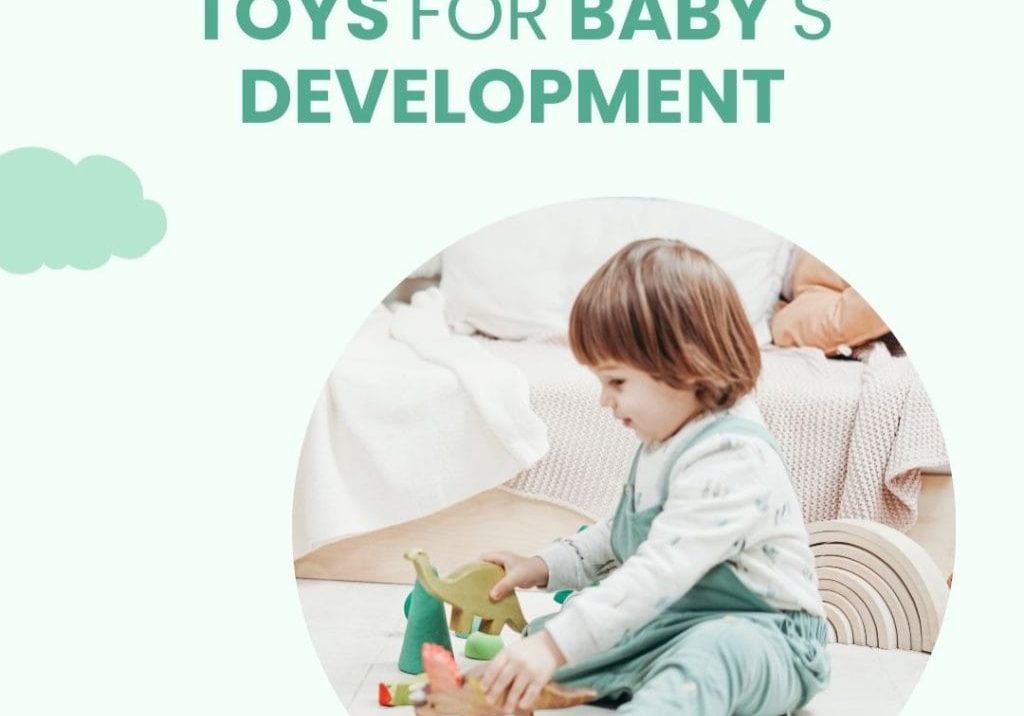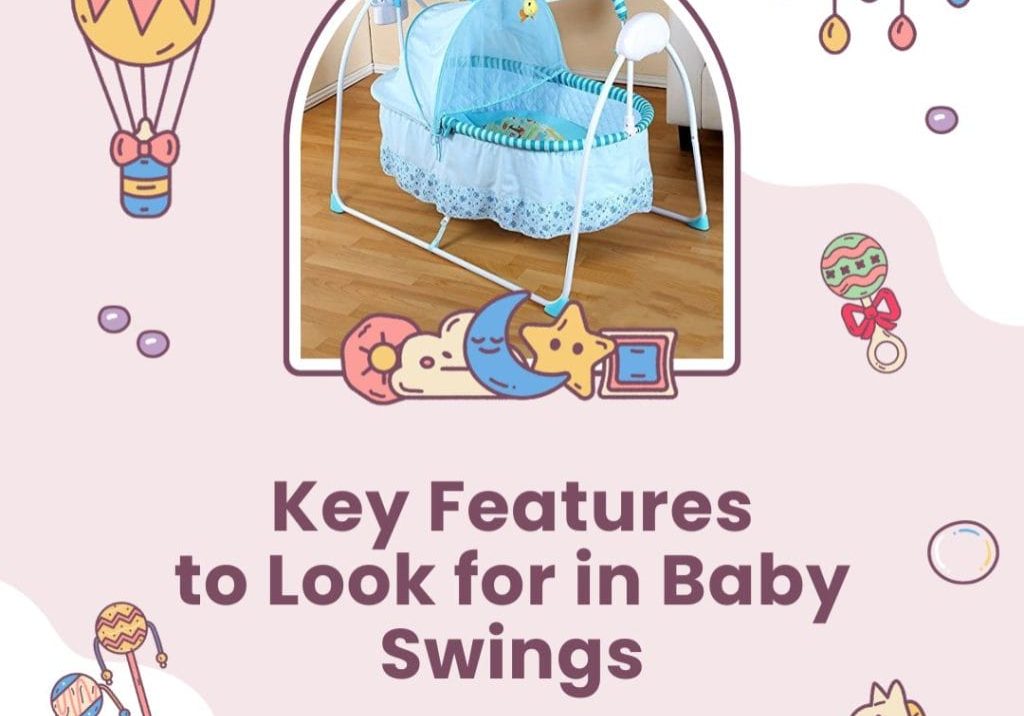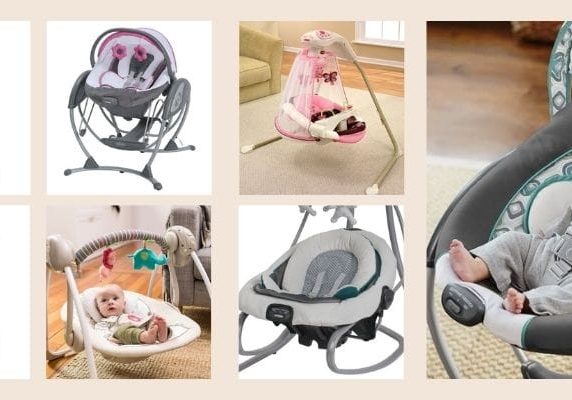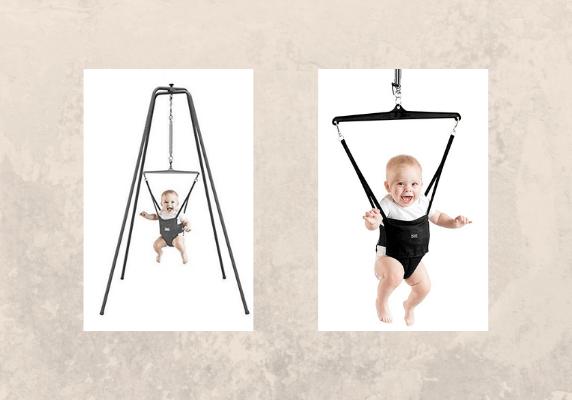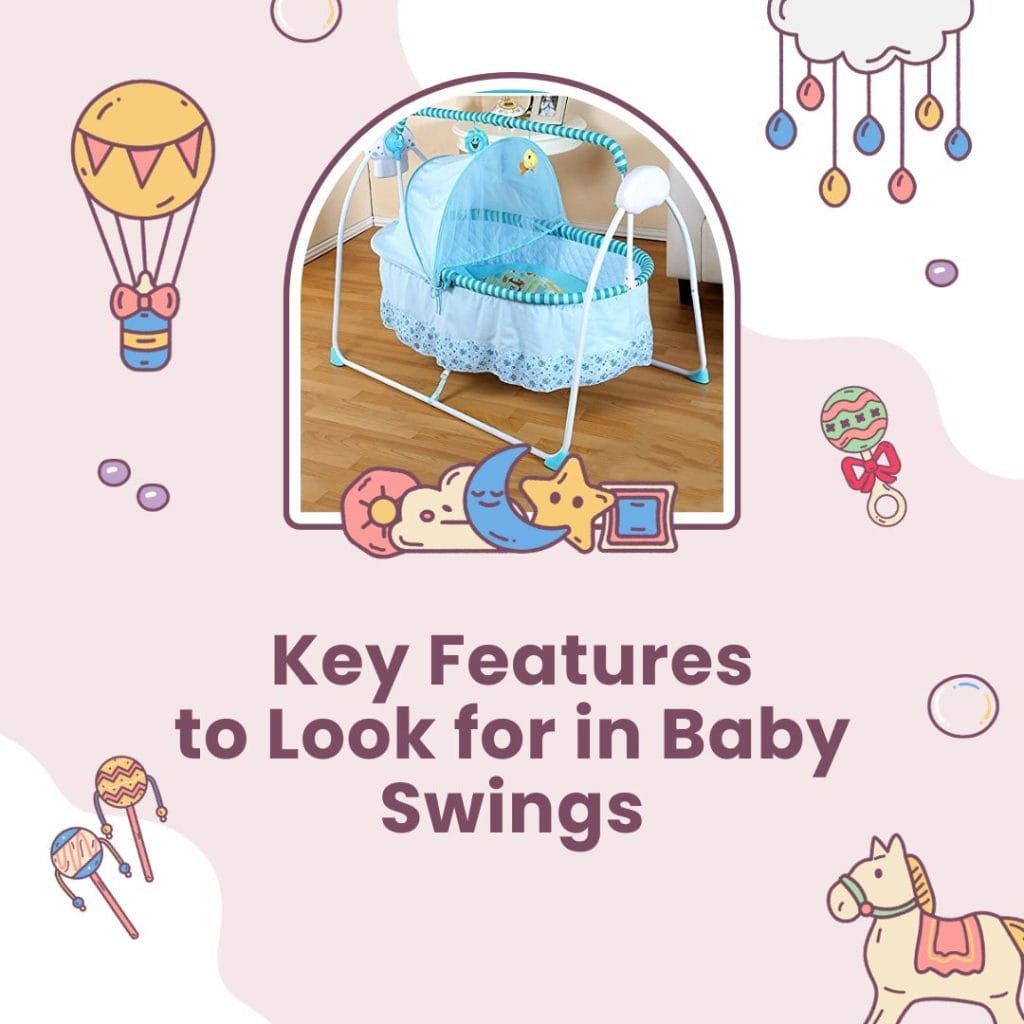Baby swings are a popular tool in many households, providing both convenience for parents and comfort for infants. However, it’s crucial to prioritize baby swing safety to ensure your child’s well-being. This guide will outline some key safety guidelines to help you use baby swings safely and effectively.
Safety Guidelines for Using Baby Swings
Infant swings are often an essential item in many households, providing a comforting environment for babies and a practical solution for busy parents. However, ensuring these swings meet the latest safety standards is crucial. As of May, new government rules will be brought into action, aimed at safeguarding infants.
The need for these regulations was highlighted by over 350 reported swing-related incidents between 2009 and 2012. Tragically, these incidents included two infant fatalities and 24 instances of injury. While many current models comply with these standards, parents must be cautious with older models that might not meet the new guidelines.
The American Academy of Pediatrics (AAP) offers additional guidance on baby swing safety. They strongly recommend against using infant swings as a sleeping place for babies. Furthermore, they caution parents about leaving their babies for extended periods in confines such as infant swings, bouncy seats, car seats, or carriers. This is to avoid the risk of the infant’s soft head developing a flat spot due to constantly being in the same position.
Tips for using infant swings
Baby swings, while offering significant aid to parents by calming irritable infants and furnishing a secure space during hectic periods, require strict observance of certain safety protocols to avert potential mishaps. Here are some guidelines to ensure the safety of babies when using infant swings:
Optimal Recline for Newborns
When it comes to baby swing safety, the correct reclining position is of utmost importance, especially for infants under 4 months of age. At this tender age, babies do not possess the adequate strength in their neck muscles necessary to support their heads. This lack of strength elevates the risk of the baby’s head slumping over, leading to a potential suffocation hazard.
To mitigate this risk, it is highly advisable to always place young infants in the most reclined swing position. In this position, the baby’s head is supported, minimizing the risk of it falling forward or sideways. This reclining position aids in keeping the baby’s airway open, thereby reducing the risk of suffocation.
Not only does the optimal recline increase safety, but it also enhances comfort for the baby. This ensures that the child’s experience in the swing is soothing and pleasant, rather than stressful or uncomfortable. As always, regardless of how the swing is positioned, continuous supervision is a crucial element of baby swing safety.
Stability of the Swing
Ensuring the stability of a baby swing is a paramount aspect of baby swing safety. A stable swing prevents the risk of tipping over or unexpected folding, which could result in severe injuries to the baby. The swing’s base should be strong and sturdy, designed to bear the weight of the baby, especially when they become active or excited.
Babies are known for their unpredictable movements. As they grow and become more active, they can start to wiggle, bounce, and push against the swing. These sudden movements could potentially destabilize a swing that is not built with robust stability. Therefore, it’s crucial to choose a swing with a wide, solid base and strong structural integrity that can withstand these shifts in the baby’s weight.
Furthermore, always check that the swing is properly assembled before every use. This ensures that all the parts are secure and that the swing remains stable even when the baby is moving. Remember that safety comes first when using baby swings.
The Importance of Adjustable Seats
Adjustable seats are a valuable feature in baby swings, catering to different comfort needs and activity levels of your baby. However, with adjustability comes responsibility. When the seat angle exceeds 50 degrees, the risk of the baby falling out significantly increases. To counteract this, baby swings should be equipped with shoulder straps.
Shoulder straps play a critical role in baby swing safety. They securely hold the baby in place, preventing them from slipping or falling out of the swing, especially when the seat is adjusted to a more upright position. These straps are designed for safety without compromising on comfort, ensuring a secure and pleasant swinging experience for your little one.
Regardless of the degree of seat adjustment, it is vital to properly buckle up your baby using the shoulder straps. This practice reinforces safety and turns the baby swing into a reliable and secure comfort zone for your child.
Secured Mobile Toys
One of the critical factors in baby swing safety is ensuring that toys attached to the mobiles are securely fastened. Babies inherently love to explore their surroundings by reaching, grabbing, and pulling at things that capture their interest.
However, a detached toy from the swing could quickly turn into a potential choking hazard if it falls within the baby’s reach. Hence, toy attachments should be robust and resistant to the baby’s tugging and pulling. Before each use, parents should check the stability of these toys, ensuring they are not easily removable, thereby averting any risk of choking.
Abiding by Weight Limits
Abiding by the weight limits specified by the manufacturer is a fundamental aspect of baby swing safety. Each swing is designed to support a certain maximum weight, and exceeding this limit can compromise its stability and functionality.
Overloading the swing not only puts undue strain on its components but also poses a risk of tipping over or sudden folding. A swing carrying a heavier weight than intended can become unstable, resulting in potential accidents.
Moreover, an overloaded swing may wear out faster, losing its effectiveness and safety features over time. Always ensure to check the weight limit on the swing’s label or in its instruction manual and adhere to it strictly.
Ensuring a Flat Cradle Surface
Ensuring a flat cradle surface in a baby swing significantly contributes to baby swing safety. Whether the swing is in motion or stationary, a flat surface reduces the possibility of the baby tipping or rolling over, thereby reducing the risk of falls.
When the cradle surface is flat, it helps to maintain the baby’s center of gravity, providing a stable and secure position. This arrangement is particularly crucial when the swing is in motion, as the momentum could otherwise cause the baby to lean to one side, potentially leading to an unsafe condition.
Always check the cradle’s position before placing your baby in the swing. By following this simple yet critical safety protocol, you can ensure a safer and more enjoyable experience for your little one in the baby swing.
Safe Sleep Practices
Adhering to safe sleep practices is an essential aspect of baby swing safety. The American Academy of Pediatrics (AAP) advises against letting babies sleep for extended periods in swings, car seats, or bouncy seats. These are not designed for prolonged sleep and do not provide the firm, flat surface that babies need for safe sleep.
If a baby falls asleep while in a swing, the AAP recommends moving them to a firm sleep surface as soon as it’s practical. This environment reduces the risk of Sudden Infant Death Syndrome (SIDS) and other sleep-related hazards. Remember, the safest place for an infant to sleep is on their back, on a firm, flat surface free from loose bedding or soft toys.
The Benefits of Tummy Time
The American Academy of Pediatrics (AAP) promotes tummy time as an essential activity for infants, starting from their very first day at home. Here are some key points to understand about this beneficial practice:
- Activity Timing: Initiate tummy time when your baby is awake and active. Begin with short sessions of a few minutes and gradually increase the duration as your baby grows stronger.
- Physical Development: Tummy time helps in strengthening the neck, shoulder, and trunk muscles. This contributes significantly to your baby’s physical development including rolling over, sitting up, and crawling.
- Supervision: Always supervise your baby during tummy time to ensure their safety. Never leave your baby unattended during this activity.
- Baby Swing Safety: Incorporate these guidelines along with the recommended baby swing safety measures to ensure your infant enjoys their swing time in the safest way possible.
By observing these guidelines, parents can create a safe and nurturing environment for their baby’s development.
Conclusion
In conclusion, maintaining baby swing safety is paramount to ensure your child’s well-being and enjoyment. By adhering to guidelines such as checking weight limits, ensuring a flat cradle surface, and abiding by safe sleep practices, you can provide a secure and delightful environment for your little one. Remember, safety first; it ensures that your child’s time in the swing is not just fun, but also secure and beneficial for their development.



